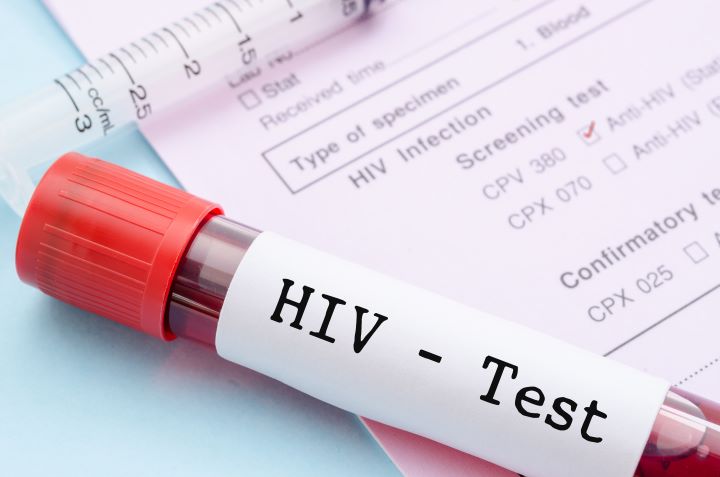Unraveling the Health Potential of Blue Zones: Secrets of the World's Longest-Living Cultures
Have you ever wondered why certain regions around the world boast an unusually high number of centenarians? They're called "Blue Zones," and they may hold the key to longevity. This article delves into the science and culture behind these fascinating regions, revealing valuable health insights from the world's longest-living cultures.

The Intriguing Origin of Blue Zones
The term “Blue Zones” was first coined by National Geographic Fellow and journalist, Dan Buettner, and his team during their quest to identify regions of the world where people live noticeably longer and healthier lives. They circled these areas in blue ink on a map, and hence the name “Blue Zones” was born. There are five officially recognized Blue Zones: Okinawa, Japan; Sardinia, Italy; Nicoya, Costa Rica; Icaria, Greece; and Loma Linda, California.
In these areas, a significantly higher proportion of the population live to be over 100, often in good health, with a lower incidence of common diseases like heart disease, cancer, and diabetes. This remarkable phenomenon prompted researchers to delve into the secrets of their longevity.
Unveiling the Secrets of Longevity in Blue Zones
Research into the Blue Zones has identified several common lifestyle factors that contribute to their residents’ longevity. These factors include a plant-based diet, regular physical activity, strong family and community connections, and a sense of purpose.
Interestingly, caloric restriction, a concept often associated with longevity, is not consciously practiced in these regions. Instead, residents naturally consume fewer calories due to their plant-based diets and traditional practices like eating until they’re 80% full, a principle known as ‘Hara Hachi Bu’ in Okinawa.
One of the most striking commonalities across the Blue Zones is the importance of social connections. Whether it’s close-knit family units, strong community bonds, or regular social interactions, these connections appear to play a crucial role in their residents’ physical and mental health.
The Science Behind Blue Zones’ Longevity
The longevity of Blue Zones inhabitants is believed to be a combination of genetic, environmental, and lifestyle factors. Studies have shown that genetics may account for approximately 25% of a person’s longevity, while the remaining 75% is determined by lifestyle and environment.
Longevity genes, such as FOXO3, have been identified in many Blue Zones inhabitants. These genes are associated with enhanced protection against diseases and better overall health. However, it’s important to note that these genes are not unique to these regions and are found worldwide.
The environmental and lifestyle factors, such as a healthy diet, physical activity, and strong social connections, are believed to interact with these genes, promoting their expression and contributing to longevity.
Unveiling Some Blue Zones Practices
- Plant-based Diet: Residents predominantly eat a diet rich in fruits, vegetables, whole grains, and legumes.
- Physical Activity: Regular, moderate physical activity is integrated into daily life.
- Community Connections: Strong social networks and regular social interactions are common.
- Sense of Purpose: A strong sense of purpose and engagement in life-enhancing activities are prevalent.
Concluding Thoughts: Translating Blue Zones’ Practices to Our Lives
While we may not all live in Blue Zones, we can certainly learn from their practices. Integrating regular physical activity into our daily routines, maintaining strong social connections, finding a sense of purpose, and adopting a plant-based diet could all contribute to healthier, longer lives.
The Blue Zones remind us that longevity is not just about the absence of disease but also about a holistic approach to life that incorporates mind, body, and spirit. It’s about creating an environment and lifestyle that naturally foster health and well-being. The secrets to longevity may not be so secretive after all—they’re just waiting to be embraced within our own lives.




